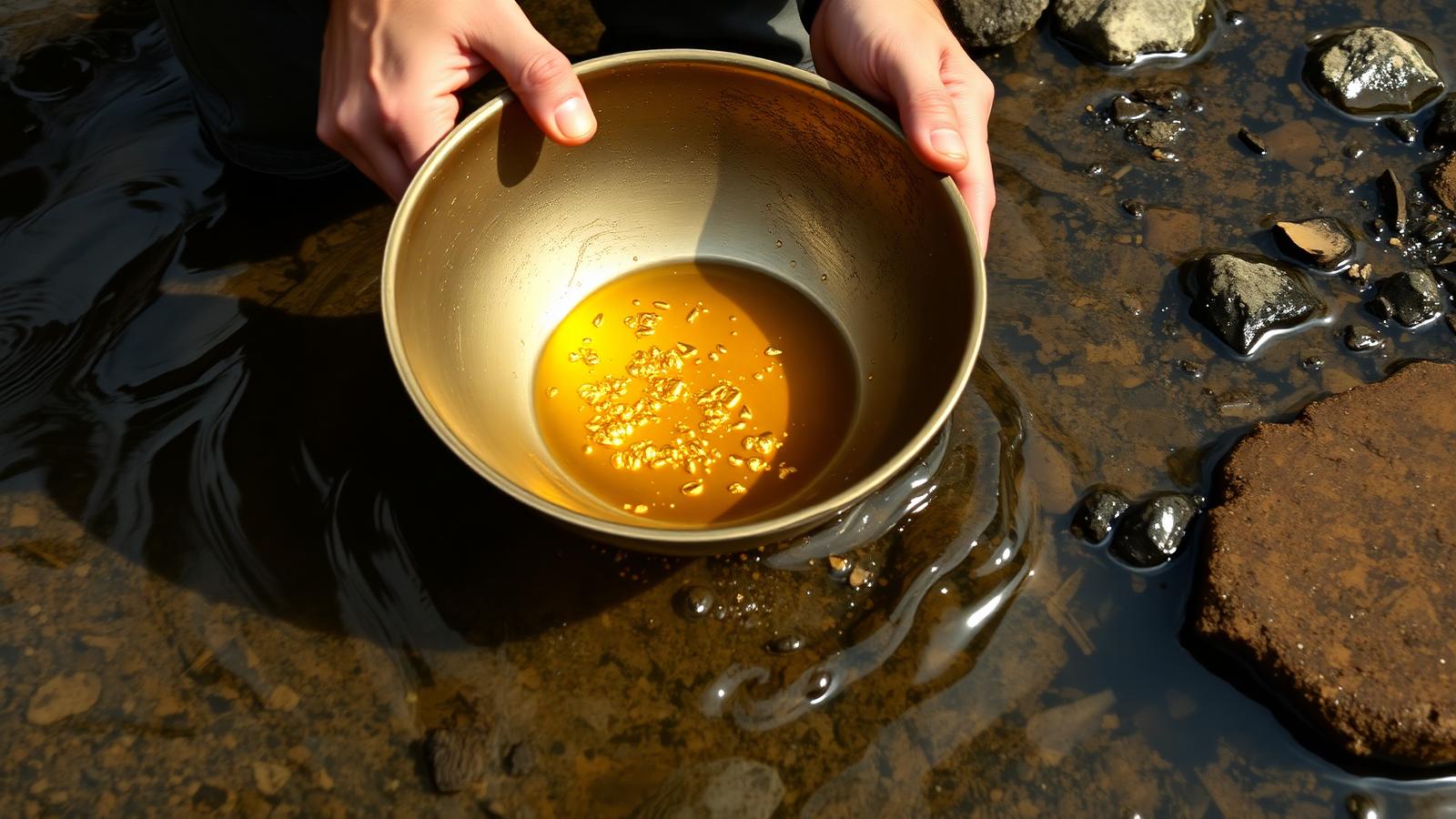Panning, Sluicing, and Hydraulic Mining
The three classic placer techniques that powered the Klondike

Gold Panning
Panning is slow but surgical: agitate a pan so light sands wash away and heavy gold settles. Prospectors used it to sample creeks and find pay streaks. While not practical for production-scale mining, panning remains the most iconic image of gold prospecting.
Rockers and Sluice Boxes
Rocker/Cradle and sluice boxes increased throughput dramatically: water and gravel run over riffles; dense gold lodges behind them while lighter sediments flush out. A good sluice setup could process tons of material per day, making it the workhorse of Klondike placer operations.
Hydraulic Mining
Hydraulic mining used high-pressure water cannons ("monitors") to blast banks into slurry for sluicing. Where gravity didn't help, miners used hydraulic lifts to suck gravels upward. Hydraulic methods—pioneered in earlier rushes—were adapted in the Klondike and later at Nome.
Modern operations pair water methods with loaders and dozers, but the basic principle remains: separate dense gold from lighter gravels using water and gravity.